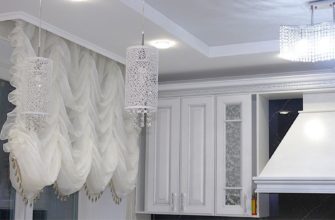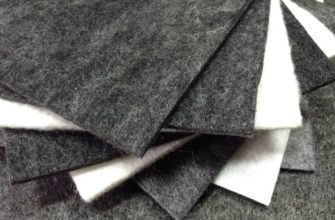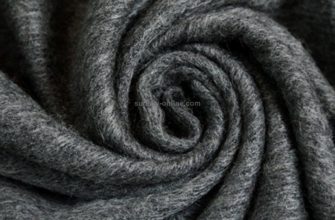Silk (fabric) is one of the most luxurious materials according to the ladies on the red carpet and experienced designers. But at the same time, its price is quite high. And some do not understand why a silk dress cannot be affordable for everyone.
To answer this question, it is necessary to understand what silk is and the technology of its production.

- History of silk production
- What is silk material made of?
- Chemical and physical properties of silk fabrics
- Types of silk
- Chesucha (wild silk)
- Silk-Satin
- Crepe de Chine
- Crepe Georgette
- How to distinguish natural textiles from artificial and synthetic analogues
- Proper care of natural silk clothing
- Advantages and disadvantages of natural silk
History of silk production
The history of silk production begins about 5,000 years ago. These figures are confirmed by archaeologists from all over the world.
The Chinese developed the technology of silk production quite quickly. And, surprisingly, it has hardly changed in all 5,000 years. The only difference is that now all stages are done manually only in the old indigenous villages of China, and industrial equipment is used for mass production.
The production is a rather complex and multi-stage process. The first stage is cleaning and sorting the raw materials. Then the threads are untangled. They are glued together by a protein called sericin, so to soften and remove it, the material is thrown into hot water.
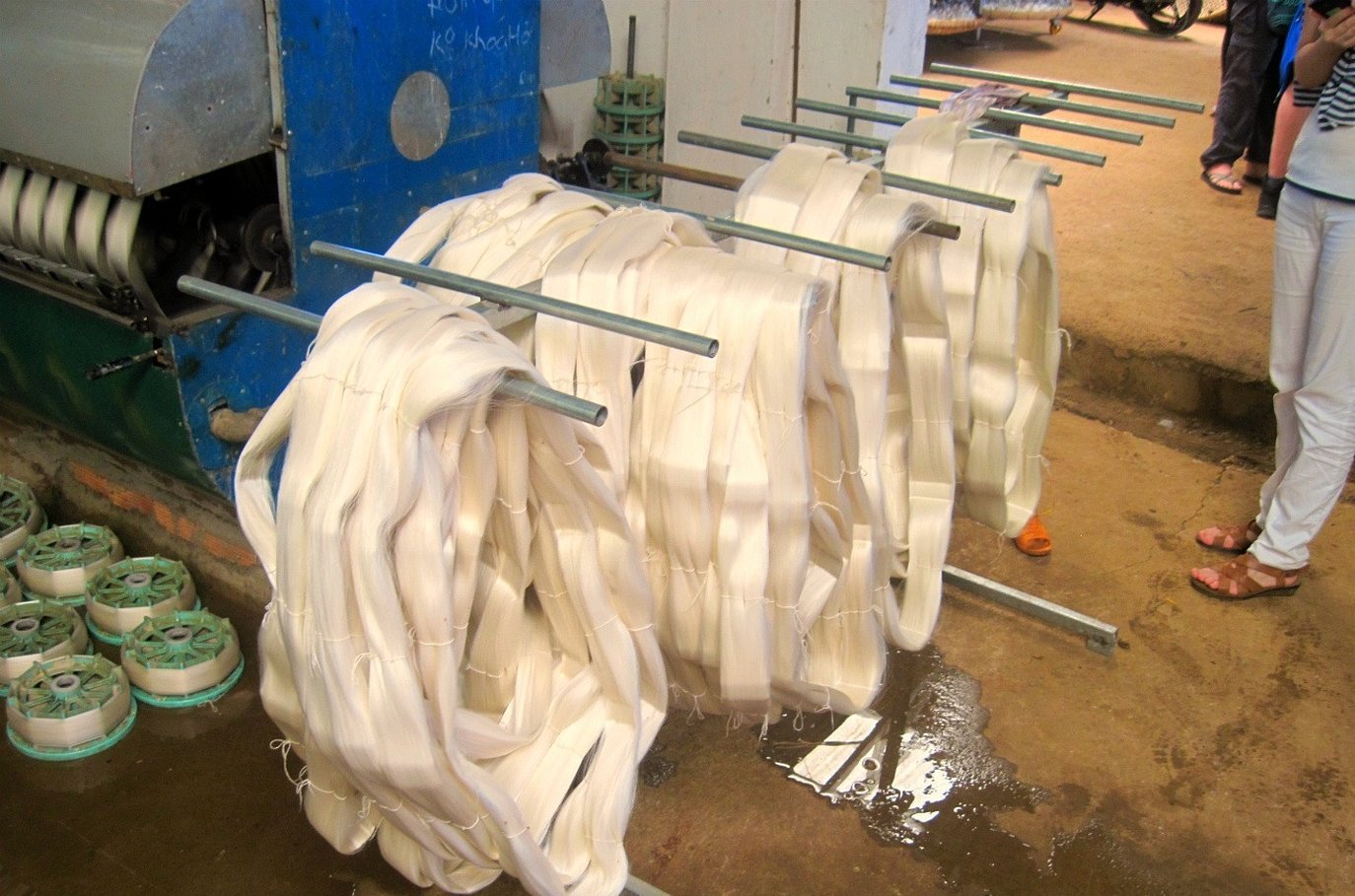
Important! Each thread is a few millimeters wide. To make the thread strong enough, they have to be intertwined. To produce 1 meter of material weighing a kilogram, about 5,000 silkworm cocoons have to be used.
The raw material is dried on a special device, dyed with hydrogen peroxide and dyes. The threads are intertwined on a loom.
This method of production was kept in the strictest confidence, because it was silk fabric that brought China economic success in Europe. For its disclosure, execution with endless torture was promised.
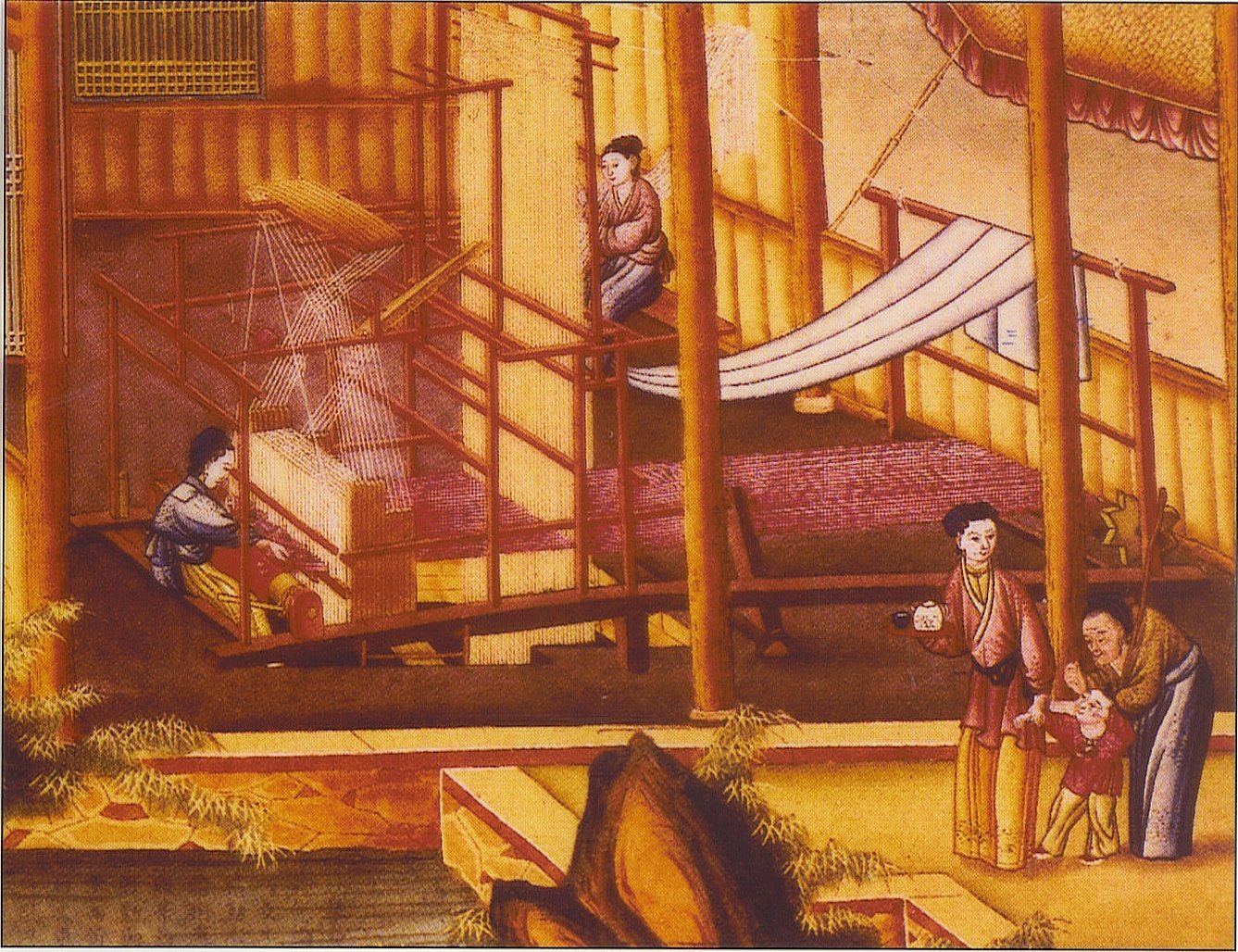
Several centuries later, the description of the production technology was revealed. It was smuggled first to Korea, then to Japan. Then India got involved.
What is silk material made of?
Everything is clear with the production, but the question of what natural silk is made of remains unclear. In fact, the raw material explains the price of the fabric. Silk consists of the cocoon of the silkworm.
There are many legends and stories about its origin, but everyone agrees that silk originated in China. It is here that silk burials have been found.
Legends say that the young Empress Xi Ling-Chi saw a sparkling thread separate from a cocoon that had fallen into hot water. In the second version, the girl wanted to grow a mulberry tree. A moth, which fed on the young leaves of the tree, became interested in it. Here it laid its eggs - small eggs.
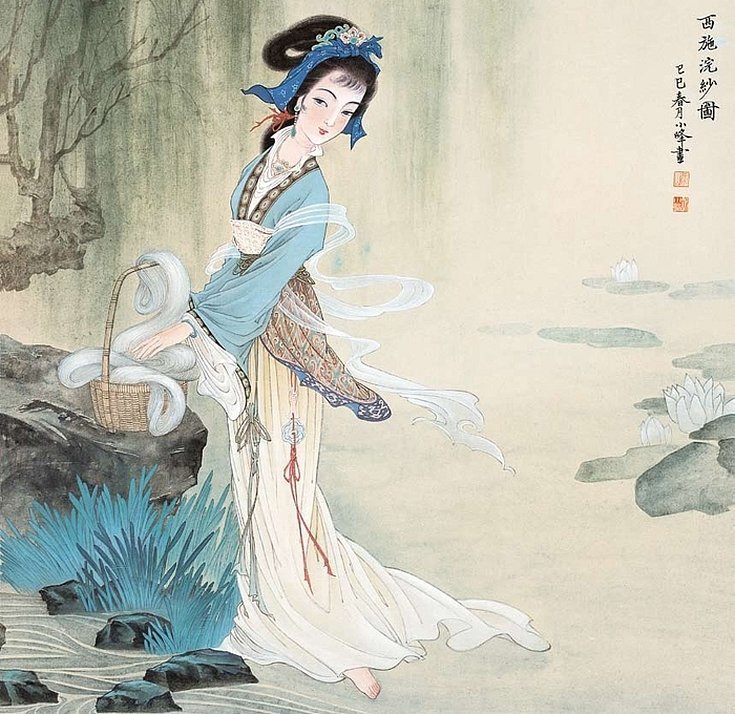
Others say that Xi Ling-Chi was drinking tea at the time, and a cocoon fell into her mug. No matter how the material originated, silk has been called "Xi" in China ever since. The young empress was elevated to the rank of deity of the Chinese Empire for her discovery.
Natural silk fabric, both in ancient times and now, is produced only with the help of the best caterpillars.
Important! The most expensive thread is produced by caterpillars called Bombyx mori. The species does not occur in nature, but is grown only artificially.
The hatched caterpillars eat the leaves of the mulberry tree, for example, for a long time. In 2 weeks they eat up the mass and grow 70 times. The body becomes almost transparent, and the caterpillars look for a place to produce thread.
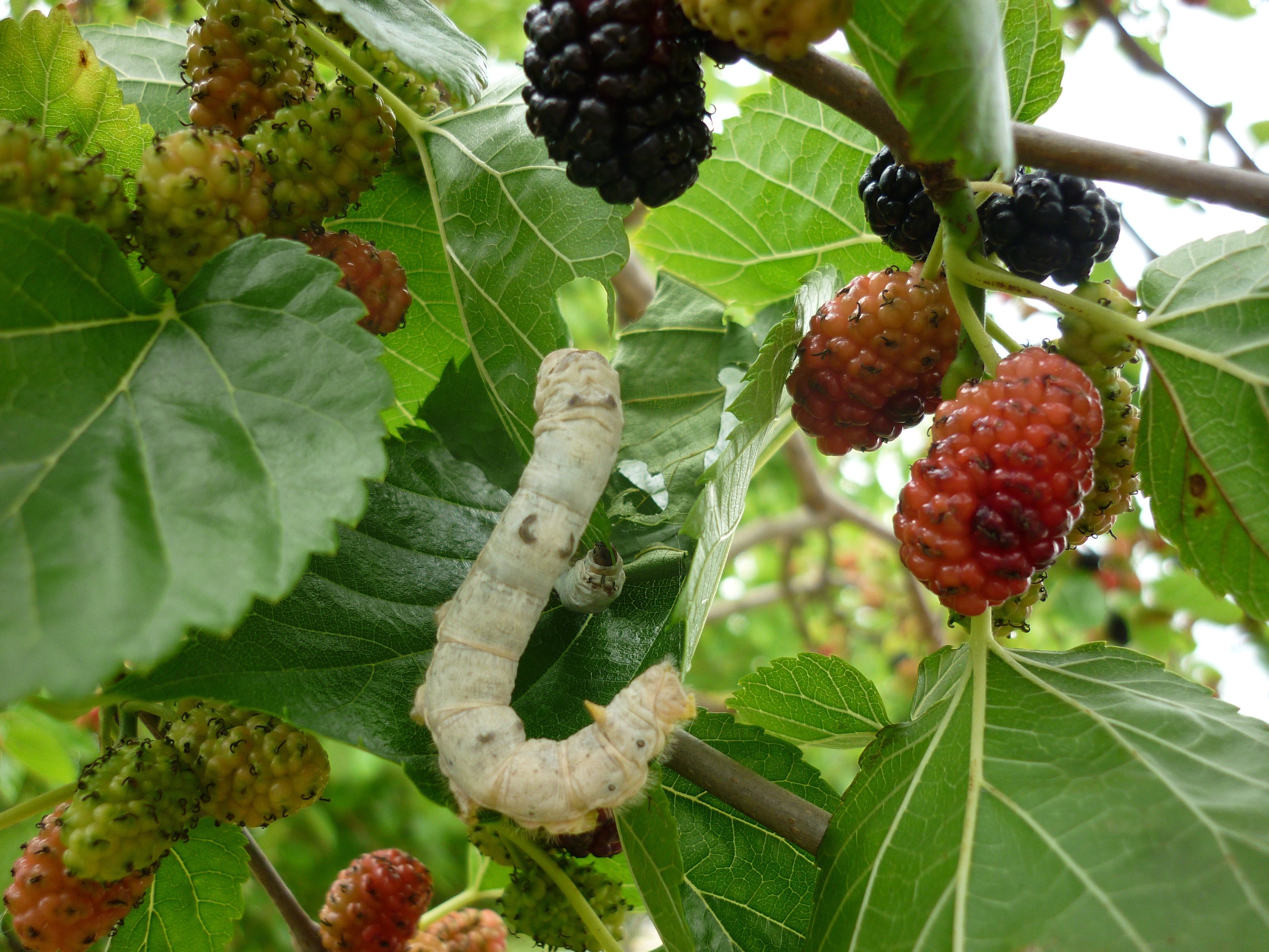
Digested leaves turn into fibroin, the accumulated protein turns into sericin. In the mouth of the caterpillars there is a spinning organ, at the exit 2 threads of fibroin are glued together with sericin. As a result, one strong thread is obtained, which the caterpillar uses to create a cocoon, and from it natural silk is created.
Chemical and physical properties of silk fabrics
Silky fabric has become popular in many countries. But advanced users do not even know what properties it has.
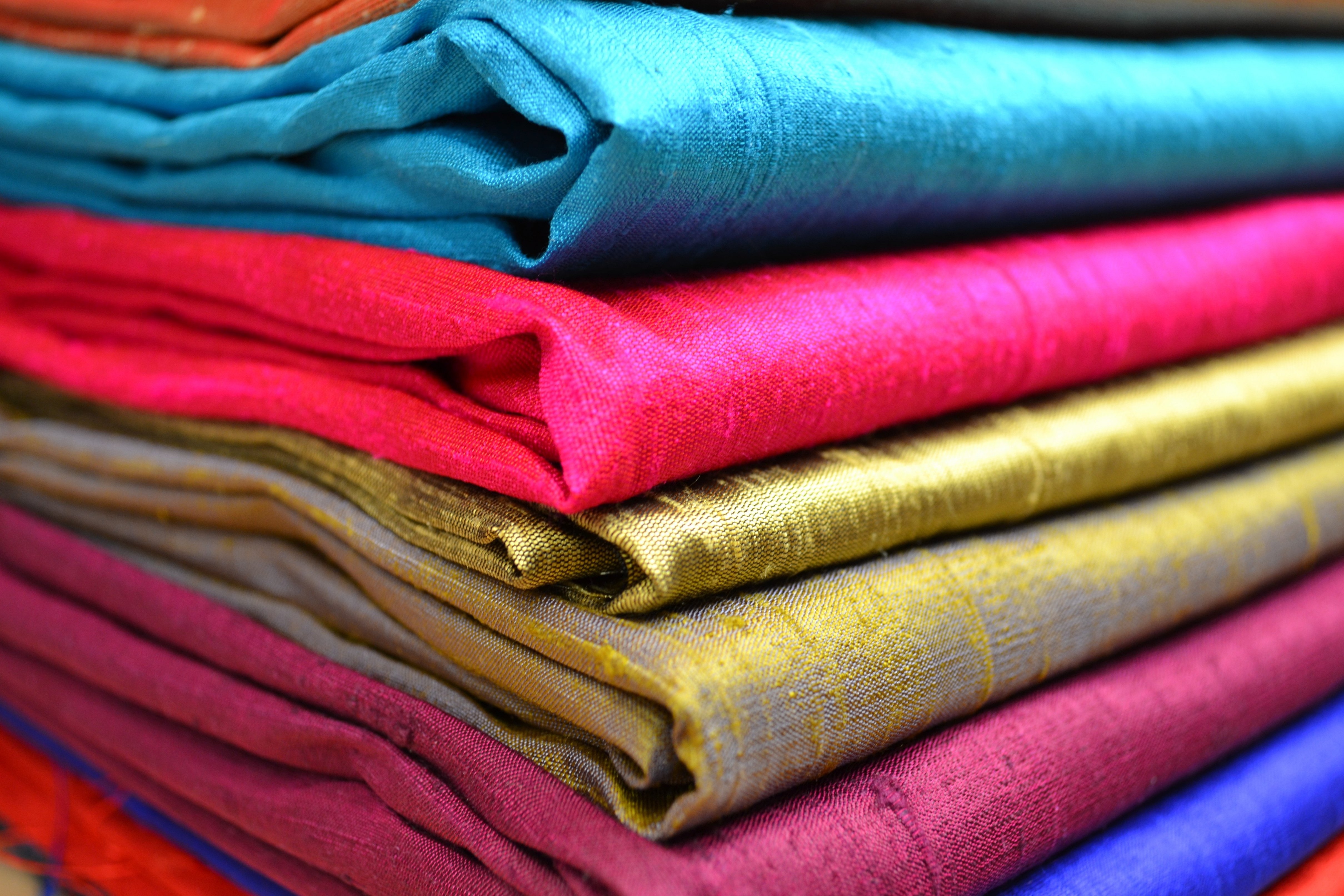
Here is what can be said about the chemical aspects of matter:
- The composition of silk is 75% fibroin and 25% sericin.
- Thermoregulation – cools the body in hot weather, retains heat in cold weather.
- Not affected by acids, alkalis, solvents.
- Non-flammable material – ignites slowly and goes out quickly, so it is safe for humans. It emits a smell of burnt feathers when interacting with fire.
- Hypoallergenic material.
The physical properties of silk also play an important role:
- A durable and elastic material due to the different twists of the thread when creating the fabric. When wet, the strength decreases.
- A dielectric is a poor conductor of electricity.
- Breathability.
- Average heat resistance – with prolonged exposure, strength decreases slightly.
- Low lightfastness – after exposure to sunlight for more than 200 hours, strength decreases by 2 times.
- The density of the fabric is close to paper.
- Silk products do not deform under the influence of force and do not break.
Types of silk
What types of silk are there? Are there varieties of the same material? After all, it always consists of only silkworm threads. Varieties of fabric differ in the technology of creation.
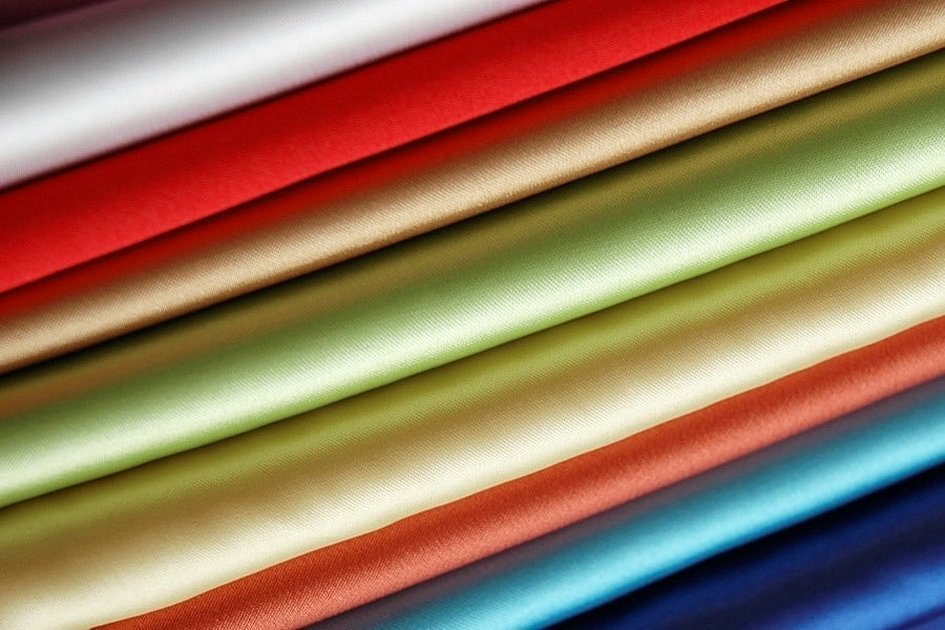
Currently, four types of silk fabrics are known.
Chesucha (wild silk)
The process of producing this fabric is interesting. The purified fiber is combed and not threads are formed from it, but bundles. They are directly twisted together, forming a cloth using plain weaving. This is a weaving technique where the thread is much thinner.
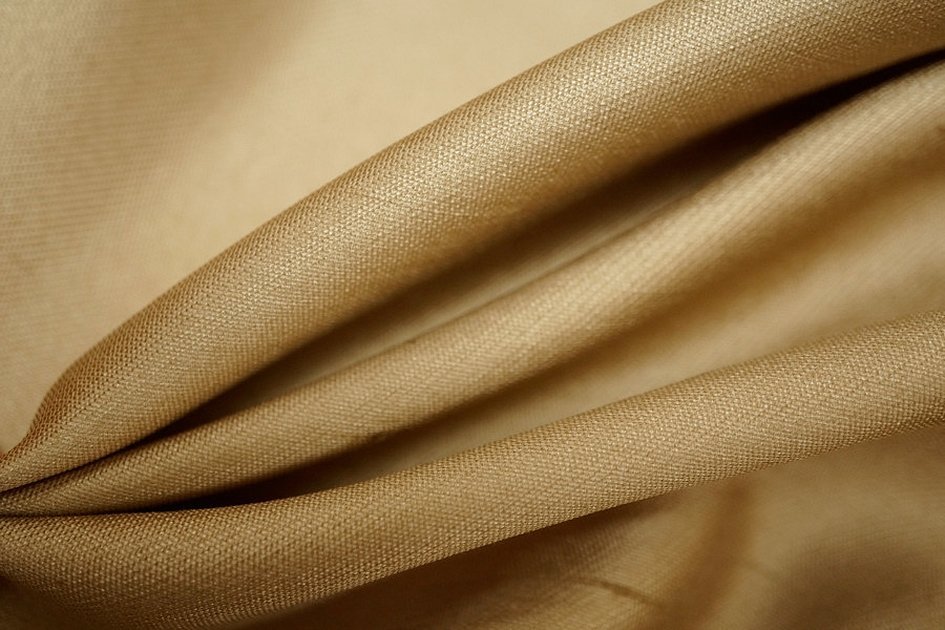
The result is a rough silk with a textured surface reminiscent of twill. Non-standard widths range from 74 to 91 cm.
The natural color of the material is sand, beige or olive. It is often not dyed.
Wild silk has a large number of positive properties:
- Specific surface.
- The density and weight of the material is almost 2 times higher than that of other types.
- The highest thermal conductivity among silks.
The disadvantages include:
- Fabric items wrinkle a lot.
- Products quickly deteriorate when exposed to sunlight.
The texture of the material is distinguished by a pronounced longitudinal rib on the front surface, which is why it is used to sew thick jackets, trouser suits, casual dresses, skirts and trousers.
Silk-Satin
The type of fabric has been produced since 1850. It got its name from the satin weaving technology. It consists of intertwining twisted threads of different thicknesses.
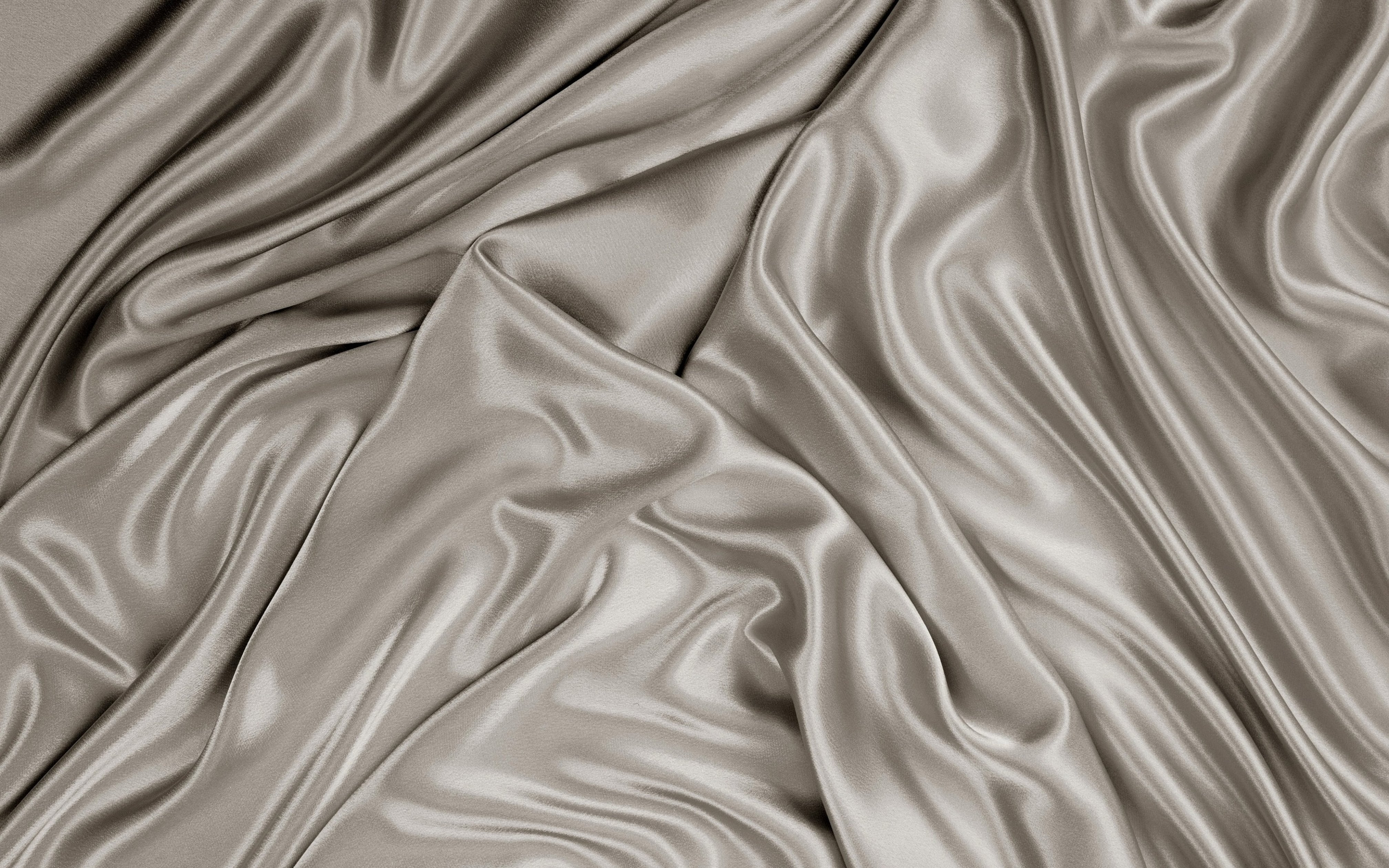
The density of interwoven threads is from 85 to 220 threads per 1 cm2. The more there are, the denser and heavier the fabric.
The final stage is dyeing. The dyes penetrate very deeply into the fabric, so the shade at the end is bright and saturated. When bending the material, an iridescent effect is created.
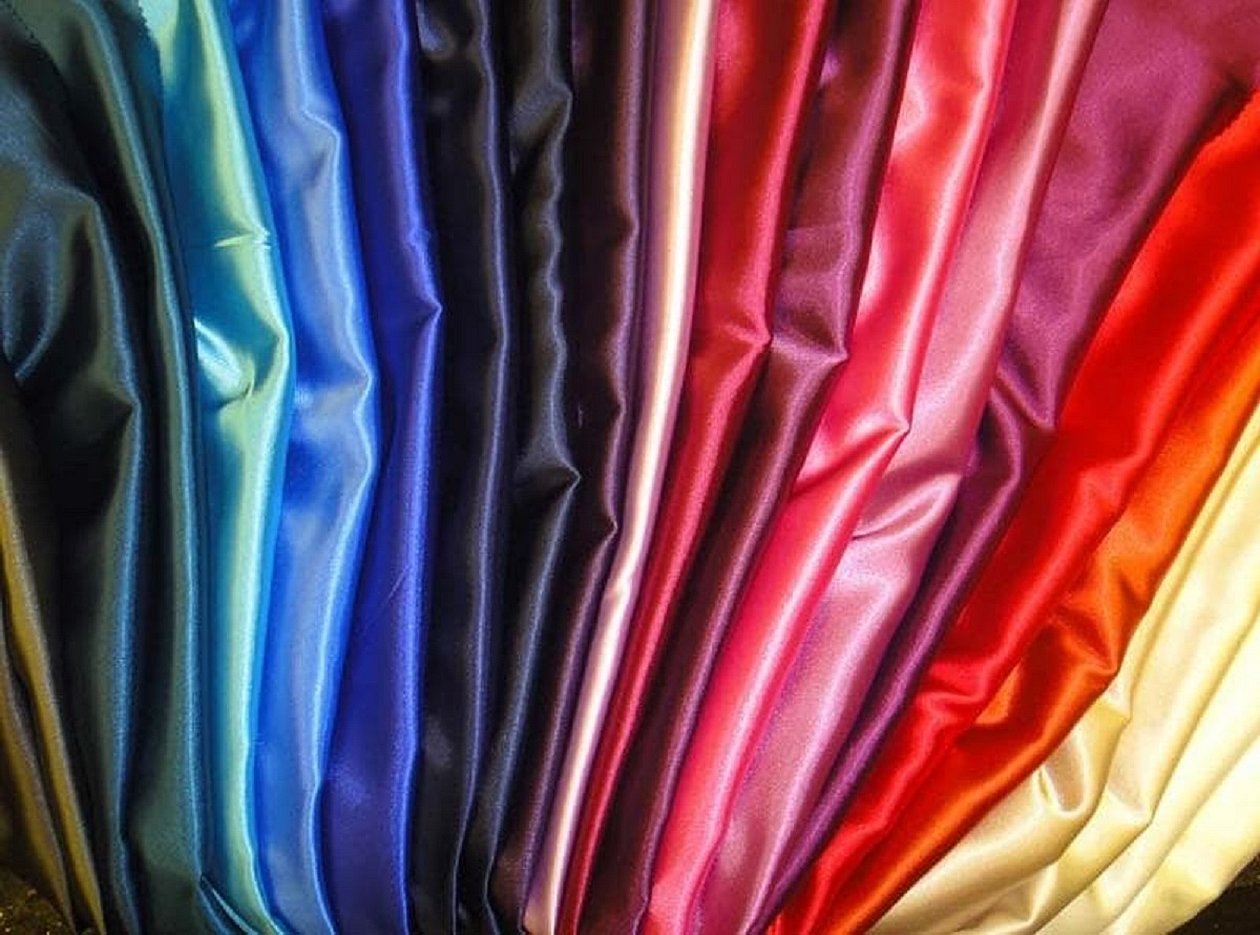
What does this type of silk look like? Almost everyone recognizes it, because many have at least one item of this material in their wardrobe. Satin is a smooth to the touch, sliding fabric with a characteristic satin sheen.
Its advantages include:
- Ability not to wrinkle.
- Does not cause allergic reactions.
- The ability to hold dye well, so it is often used to create multi-colored patterns of flowers and plants, and paintings.
Important! Silk satin is extremely rare and very expensive. Most often, the fabric is made from cotton with the use of synthetic fibers, so you need to be careful with the sellers who sell the material.
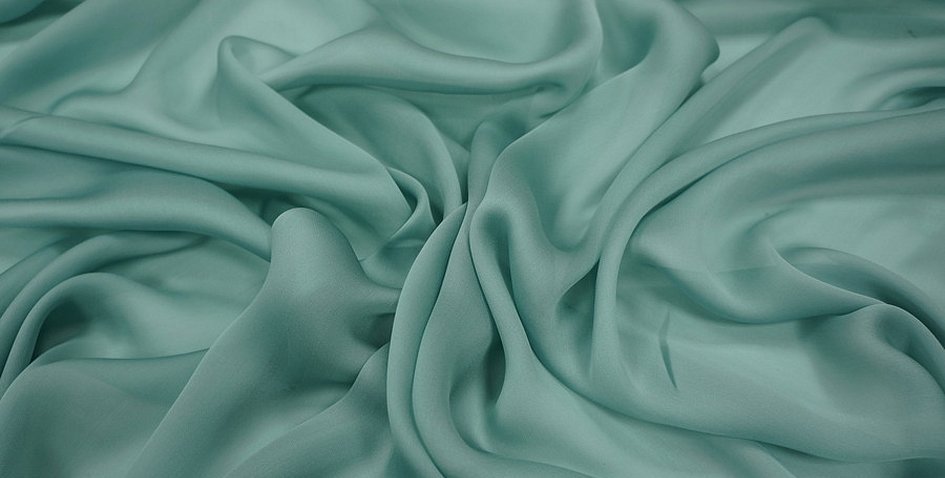
Satin is used to make shirts, dresses, formal wear, lining materials, but most often bed linen.
Satin linen is durable and can withstand up to 200-300 washes.
Crepe de Chine
During production, the threads twisted to the right and to the left, and the wefts alternate. This achieves maximum density, and a rough, dense silk crepe de chine is obtained. The pattern on it lies as well as on the toile fabric.
The fabric has unique properties:
- Drapes well, forming soft folds.
- Wrinkle resistance.
- Breathability - despite the density, it will not be hot in the summer.
- High density.
The fabric has found application in the production of dresses, suits, blouses and shawls.
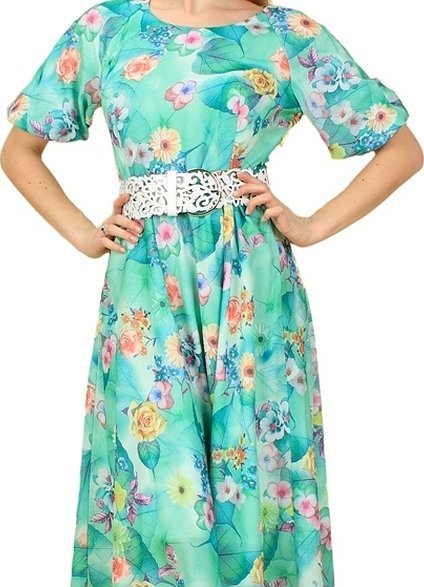
Crepe Georgette
Most often, viscose is used in addition to silk for the production of fabric. The special characteristics of the material are achieved through weaving - the warp and weft threads have different twisting directions.
Crepe Georgette is a rough, sandy and translucent fabric with a slight sheen. It is not elastic, does not stretch and does not slide. Its texture resembles plaster. When in contact with the material, you can feel the rigidity. This is the most inexpensive type of silk fabric.
The main positive features include:
- It holds its shape perfectly and does not deform.
- Flexibility in product creation.
- High tensile strength.
The only drawback is slight shrinkage after washing.
Crepe georgette is used to make light summer outfits and dresses.
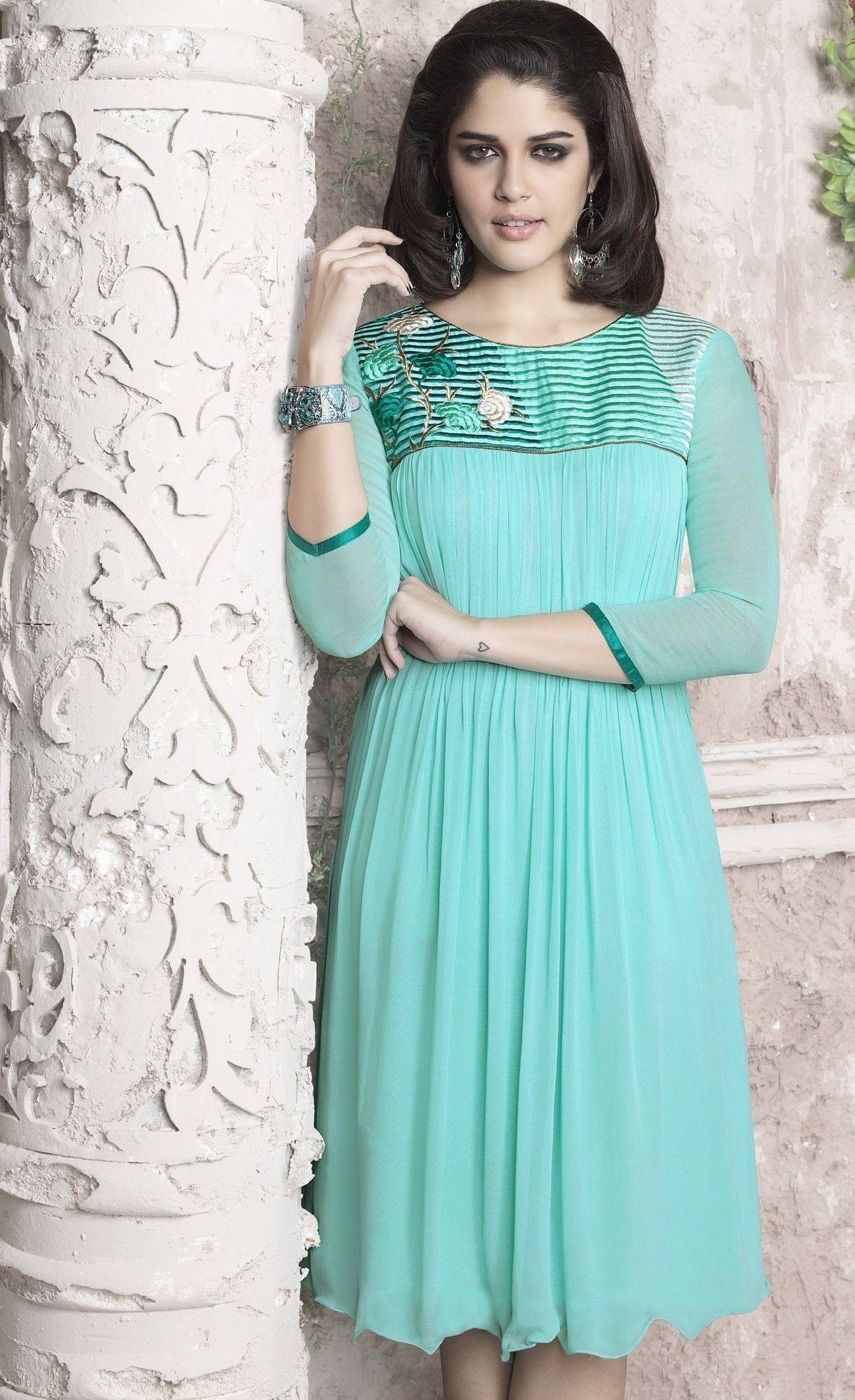
Beginners should not sew from this material, as it crumbles and falls apart very easily.
How to distinguish natural textiles from artificial and synthetic analogues
For those who cannot afford natural silk fabric, analogues have been invented. But these inventions have their downsides. Now sellers are trying to sell a fake at the price of real silk.
But for a savvy buyer this is not a problem, because he knows how to distinguish natural textiles from artificial ones.
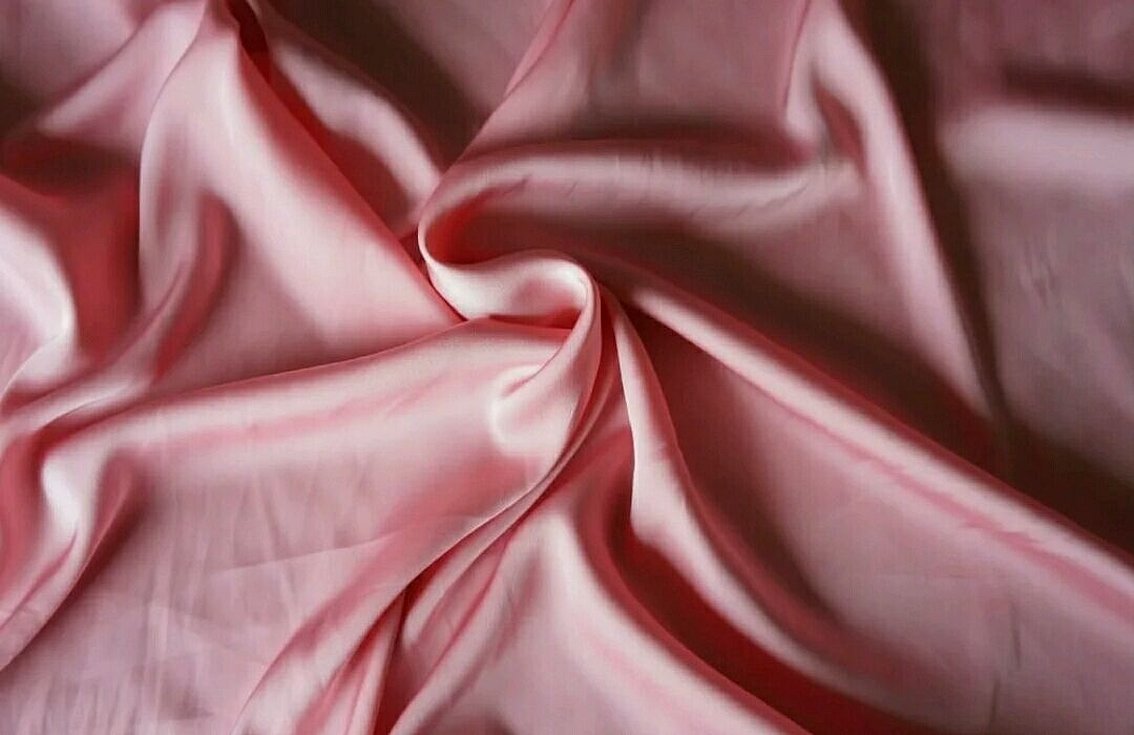
And it’s not difficult to do:
- The shine of natural silk is natural, changing color. Artificial silk has shine, but does not change color.
- When in contact with the body, natural material acquires its temperature, while synthetics always remain cold.
- Like natural fabrics, silk flows and wrinkles, but only slightly. Soft folds are formed, which are almost unnoticeable during wear and smooth out on their own. The creasing of artificial material is more pronounced, sometimes the folds cannot be smoothed out even with an iron.
- Synthetic silk fabrics have a strong flow at the edges of the cuts. They literally fall apart upon contact.
Proper care of natural silk clothing
Silk is a delicate fabric that requires careful care and gentle wearing.

The main recommendations here are:
- Wash at a temperature not exceeding 30 degrees Celsius on a delicate cycle.
- It is advisable not to buy regular washing powders, but to buy a special product marked “Silk”.
- You should not wrinkle, stretch or wring the fabric, so as not to spoil the structure.
- Colored silk should be rinsed in cold water with the addition of 1 tbsp. vinegar.
- Silk can be ironed at low temperatures. It is advisable to use gauze.
- Do not use bleaches or fabric softeners.
Please note! Many housewives strongly recommend washing silk not in a machine, but by hand.
It's not complicated and happens in a couple of steps:
- Pour in warm water.
- Add a couple of drops of silk detergent. "Laska" will do.
- Shake everything until foamy.
- Wipe off sweat stains and other dirt carefully with a cotton pad soaked in alcohol.
- Place the silk fabric in water.
- When washing, do not rub with your hands, but rather shake in a soap solution.
- After a couple of dips, you can rinse with cold water.
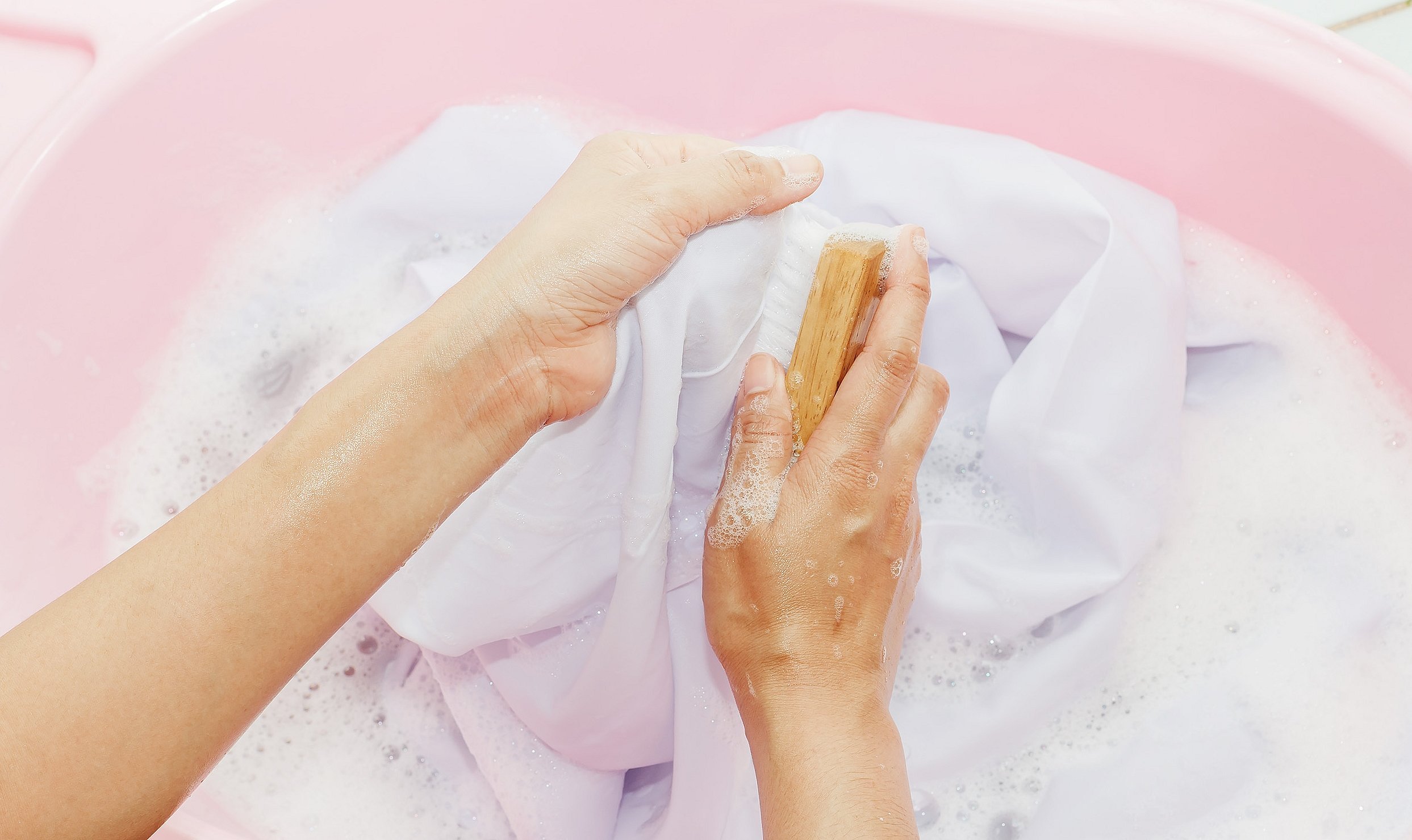
During the first few washes, slight coloring may occur.
Important! It is better to avoid chemicals such as cream, perfume, hairspray, deodorant getting on the fabric. If they get on the fabric, the colors may lose their brightness and even become discolored.
Advantages and disadvantages of natural silk
Silk is highly valued not only because of its beautiful appearance. This material has many advantages for the consumer, which make him choose silk.
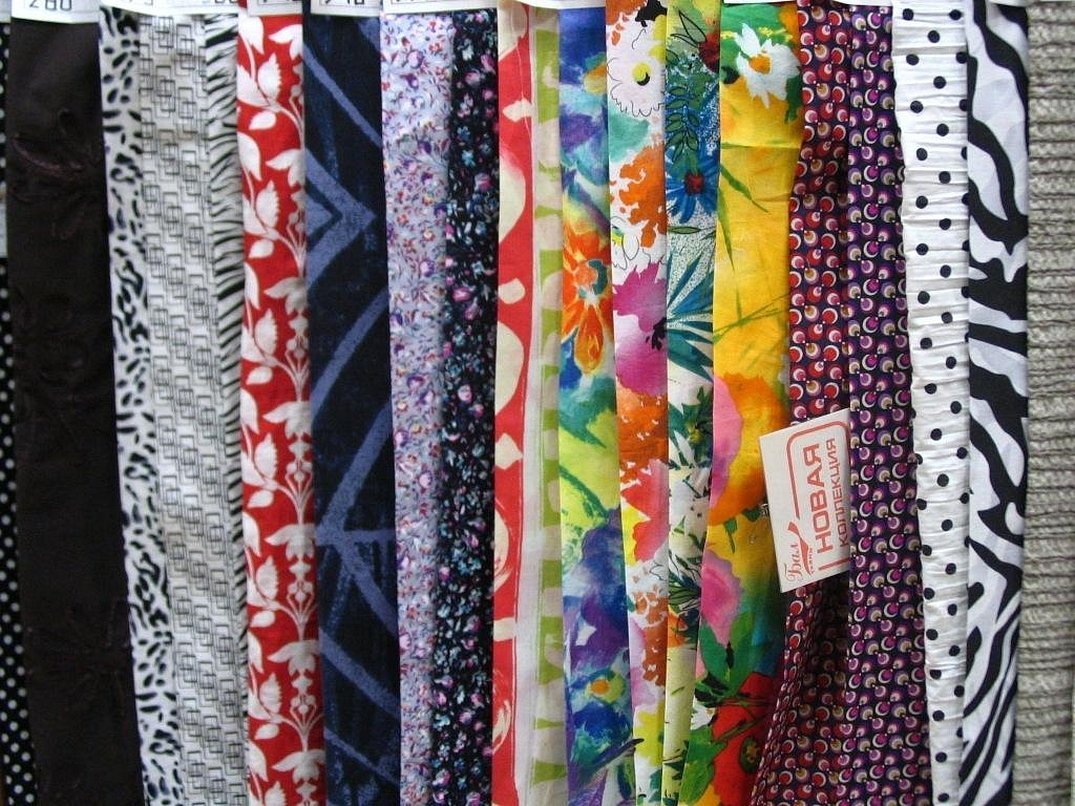
This:
- Good hygroscopicity – the fabric absorbs sweat well without leaving odors.
- Thermoregulation is the ability to adjust to the temperature of the human body, thanks to which it will not be cold in winter or hot in summer in silk clothes.
- Affects the skin, stimulating regeneration processes in the upper layers of the epidermis.
- Wear resistance – the fabric retains an attractive appearance for decades.
- Hygiene is the ability to protect a person from the proliferation of bacteria on the skin, dust or attacks by parasites.
- Does not cause skin allergies - absolutely safe, no irritation.
- Breathability - silk clothing is so light that a person may feel like he forgot to put anything on.
- It has been proven that sleeping on silk-woven bed linen is beneficial. It smoothes out expression wrinkles, strengthens the immune system, and saturates the body with oxygen.
But even such a vaunted fabric has its downsides.
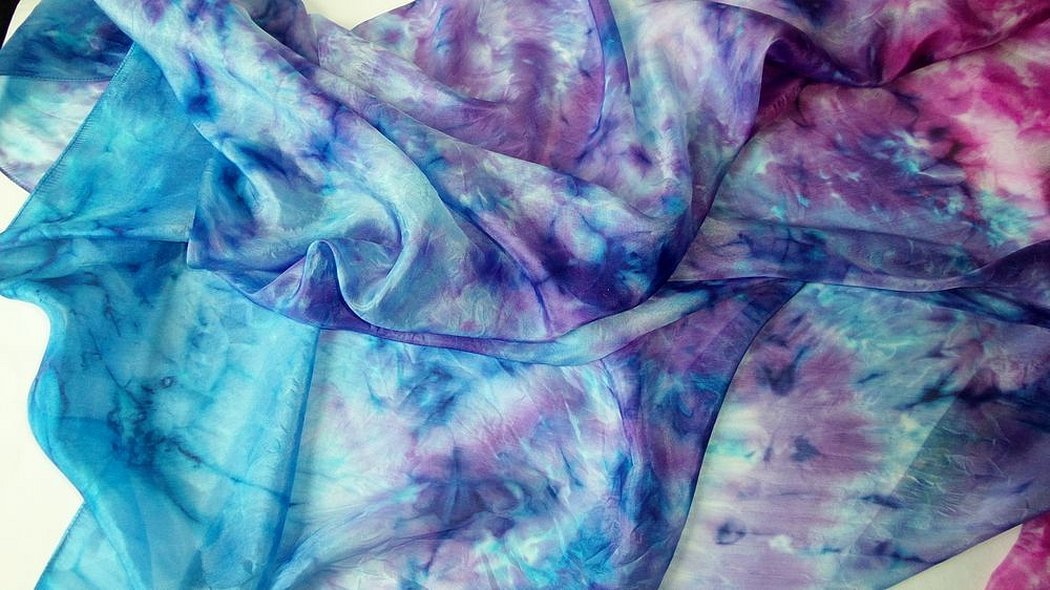
These include:
- Expensive - silk is a material that is produced using a unique technology and unusual raw materials.
- White spots – excess moisture can cause white stains. These can be easily removed using alcohol.
- Does not tolerate washing in hot water. If you forget and wash in the normal mode, the fabric will fall apart and fade.
- Loses strength when exposed to sunlight for long periods of time.
- Requires care when using an iron.
- Due to its high elasticity, silk bed linen can fall off, so it is recommended to choose models with elastic bands.
Silk is a fabric worthy of attention. It has found its application in both clothing design and interior design.
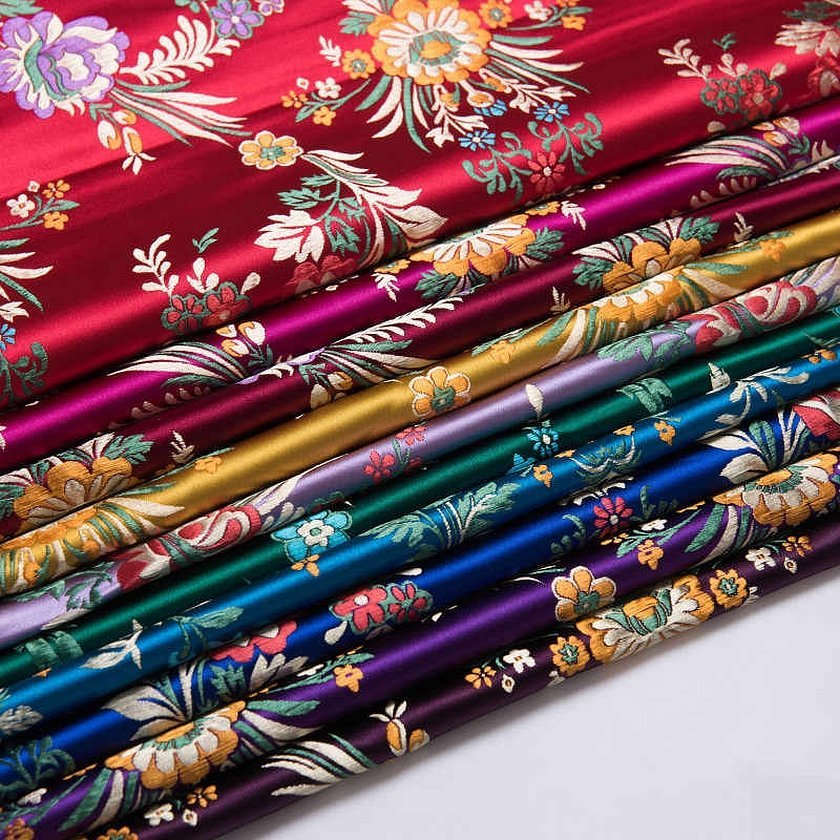
The consumer can safely buy silk products. The main thing is to follow the care technology. Then the fabric will last for many years.

